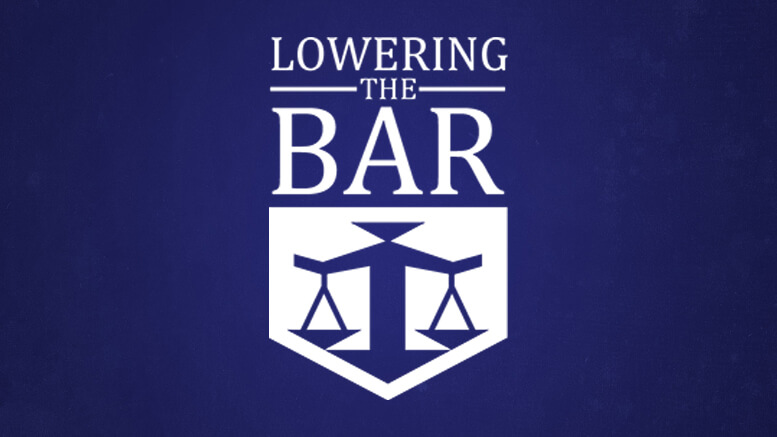People sometimes ask where I find “all this stuff” as if there were a limited amount of such material. There is not. It is endless. The well is deep, my friends. Nay, do not seek the bottom, for it cannot be found.
Here is yet another small example.
Almost every court imposes a page or word limit on briefing, and frankly the limits are not that restrictive. For example, the Federal Rules of Appellate Procedure give you 14,000 words, which comes out to about 50 pages, depending. That’s a lot of pages, and it should be enough for any case. Some have claimed that at least in certain high-stakes cases, hundreds of pages may be required. I’ve never found that convincing. If people are forced to comply with the limit, they are generally able to do it, and what gets cut is stuff you didn’t need anyway. Sure, you may have to get creative. Here’s a guy who wanted 55 pages but got five: he filed it in comic-book form, and good for him.
But there’s creativity and there’s creativity. Comic-book form is the good kind. Deleting all the spaces and then claiming it is one big “word” is the bad kind.
These people didn’t go quite that far, but they did indeed try to get around the word limit by using cryptic abbreviations, leaving out some necessary words, and deleting spaces in citations and other phrases in order to further reduce the number of “words.” And this was in a corrected brief they filed after the court had already told them not to do that.
The well is indeed bottomless. Gropeth not its abyssal depths, for thou shalt grope in vain.
The brief (again, this was the corrected brief) was filed by attorney William Weidner on behalf of Dr. Lakshmi Arunachalam and her company Pi-Net International. I don’t know if they technically fit the definition of “patent trolls,” but I’m going to use that term because they have sued more than 80 defendants in the past three years over patents supposedly covering “online transactions.” (This suit was against JP Morgan, for example). So the subject matter is complicated and probably BS to begin with, and the brief certainly clarifies nothing.
It is 67 pages long and the authors say it includes 13,862 words. It probably would, if HWTech.,supr(citingExxonResearch&Eng’gCo.v.UnitedStates,265F.3d1371,1376(Fed.Cir.2001).Nautilus,Inc.v.BiosigInstruments,Inc.134S.Ct.2120,2124,2128(2014).GeneralElec.Co.v.WabashApplianceCorp.,304U.S.364,371(1938).UnitedStatesv.Adams,383U.S.39,48(1966);FestoCorp.v.ShoketsuKinzokuKogyoKabushikiCo.,535U.S.722,741(2002) were one word.
But it isn’t.
Not all the citations are like that, but most of them are, and quite a few other “words” are too. Then they took out other words that you and I might consider necessary or at least helpful, such as, for example, “a,” “an,” and “the”:
Judge Andrews, after two years, transferred case to Judge Robinson. Markman conducted a week later. DDC ruled. Two days later, Notice of Appeal filed, against client instructions. Judges failed to recuse despite financial and relationship conflicts of interest. 60(d)(3) Motion is pending in DDC.
It sounds breathless, as though the author only had time to dash off a quick note to the Federal Circuit, but in fact it goes on like that (and worse) for another 66 pages. Apparently rather than just edit the brief like they should have, they went through and deleted spaces and individual words until they were under 14,000. Doing that may have taken longer than editing the brief would have, but it increased the chance that the court would dismiss the appeal without even reading the brief (order via How Appealing) to 100 percent.
Again, the best thing to do in situations like this would be to cut a hole in the middle of the brief, stick the writer’s head through it and parade him around the courthouse for a while, but unfortunately we are more civilized than that now.
